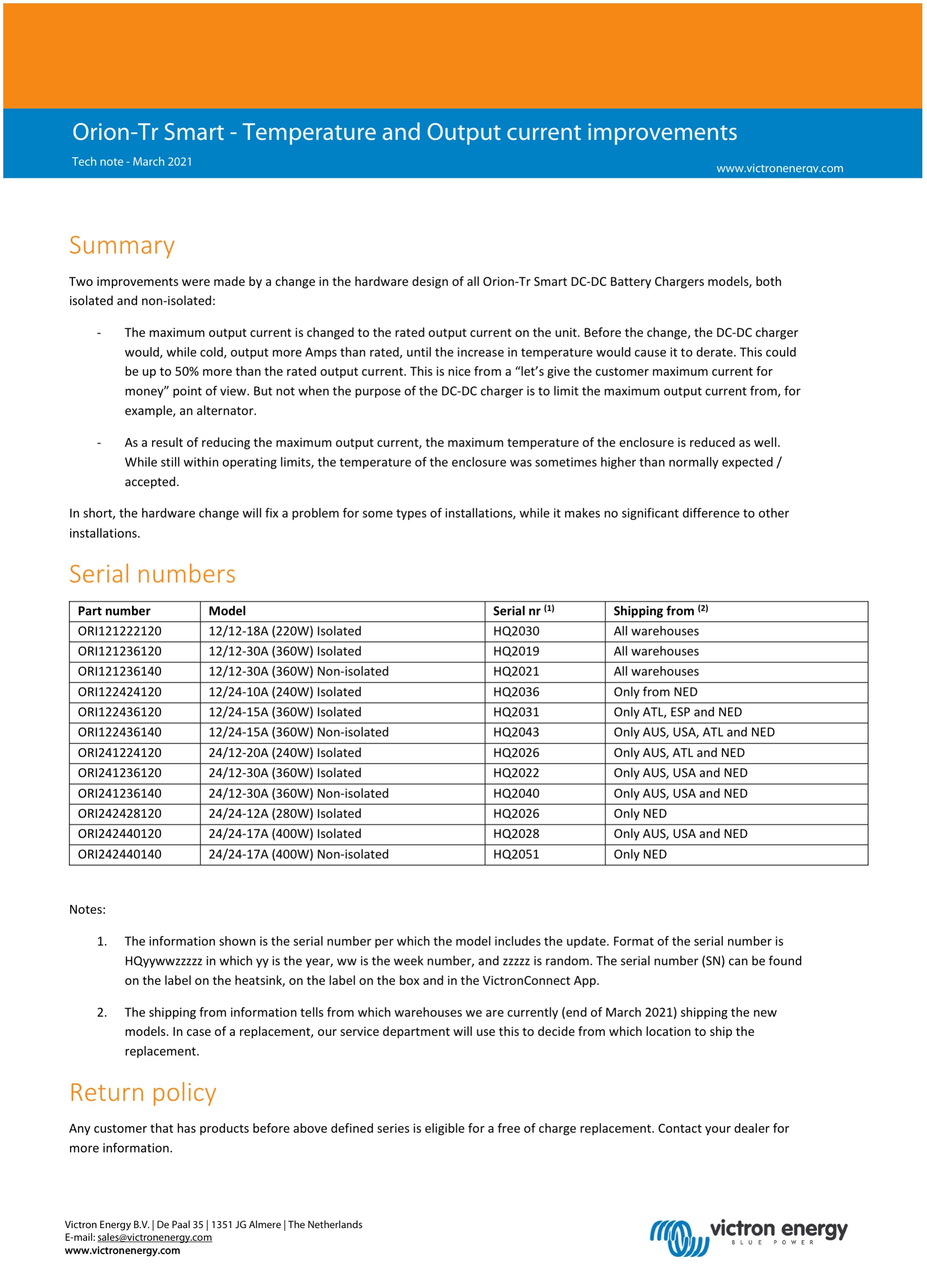Have this model feeding a 200 AH Lithium battery with Smart BMS. Input is about 12.7v, Output is set to 14.6. When it starts, input is about 50A (600W). Given Ohm's law, the output is somewhere around 40A, less losses in the voltage boost components.
Question: Is it normal to be passing that much power if rated at 30A output?

